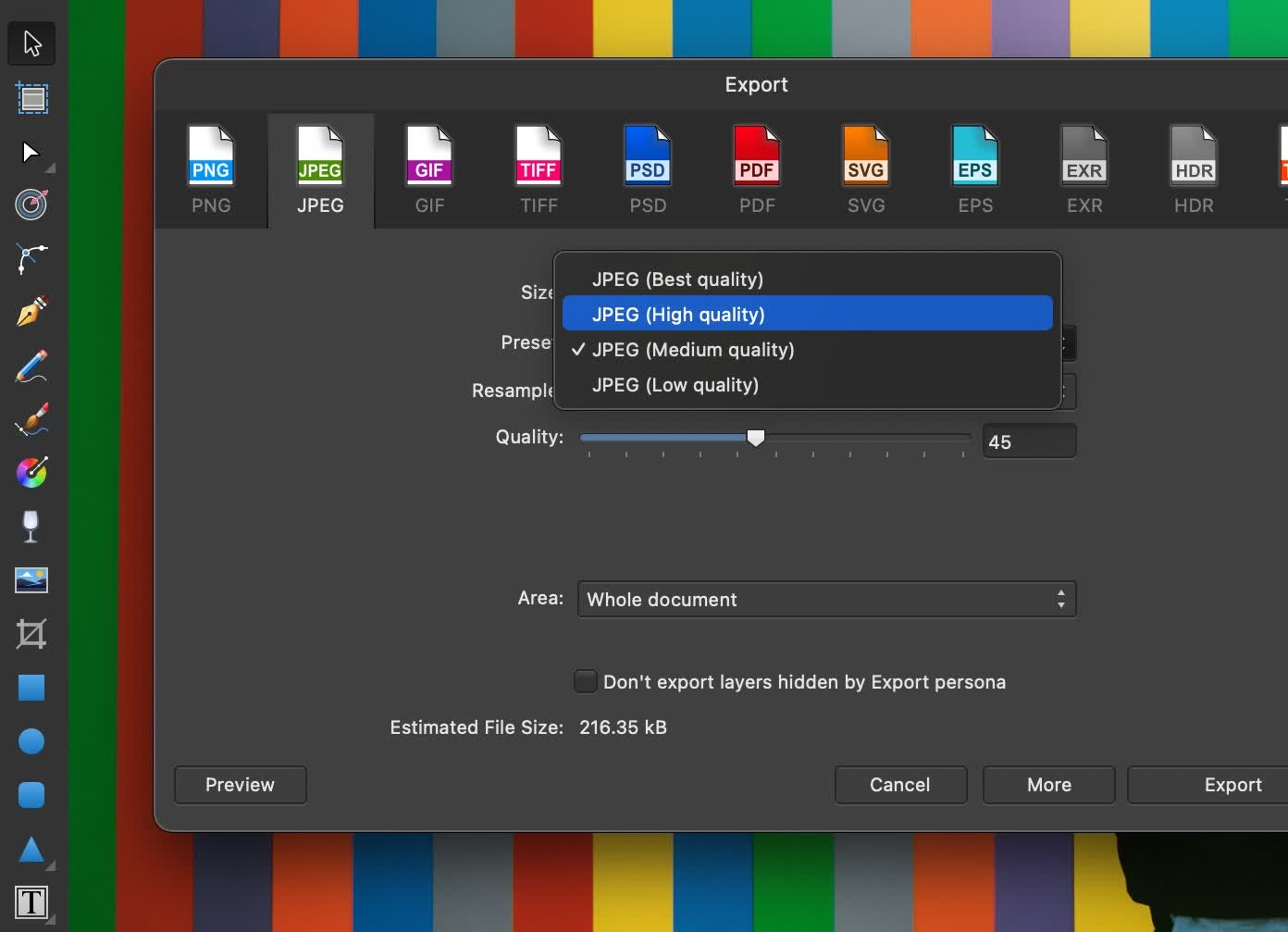How JPEG Image Compression Works
In today's world of AI and machine intelligence, it sometimes skips the mind that the primary end-user of many computing systems are … human. And, as humans, we are far from perfect – not just in our judgements, but also in our senses and perception of the physical world around us.
Early programmers and architects quickly realized that computers do not need to be exact in everything they do. There are many instances where approximate computing techniques or heuristics can go a long way, leaning into the fact that neither humans nor their technologies need to be picture-perfect to provide an enjoyable experience. Indeed, the beautiful balance between precision and approximation can help produce some of the most amazing technical innovations in the computing frontier!
Enter JPEG, an established standard that has become synonymous with image compression. JPEG is an engineering and scientific marvel, due to the many different technical building blocks and concepts that came together to make it such a ubiquitous and established format for images today.

At a high level, JPEG is a lossy image compression technique that meticulously balances file size with acceptable visual fidelity. However, achieving this required a fascinating blend of human perception, elegant signal processing, and clever engineering prowess. We continue to benefit from the advancements made by this image format today, even leading to analogies like, "ChatGPT is a blurry JPEG of the web"!
In this article, we'll unpack all the magic that goes on every single time you save or load a JPEG image. If you aren't already enlightened about how JPEG works, then let us begin at the source: human perception of light!
- ·The Analog Embrace: How Some Experiences Are Surviving the Digital Age
- ·雅安西大街支行:农行首家样板网点开业
- ·社区制定普查预案民警协助人口普查
- ·全面推进“五五”普法切实提升数据质量
- ·Malan retires from international cricket
- ·穿“警服”的不一定是警察 做“好事”的不一定是好人
- ·缺乏上涨催化剂 本周股市或将震荡下跌
- ·加快进度 扩大商住房投放量
- ·海丰芥蓝入选全国名特优新农产品名录
- ·捕捉精彩瞬间展示魅力雅安
- ·中秋送月饼温情暖人心
- ·我市农信系统林权抵押贷款受好评
- ·一针一线串起两代人的传承故事
- ·大人疏忽孩子受罪 家庭背负累累债务
- ·我市启动工业重要产品能耗限额检查
- ·我市启动工业重要产品能耗限额检查
- ·Expanded police surveillance will get us “broken windows” on steroids.
- ·“亮剑”一个月 查处涉假案件3起 涉案金额22万余元
- ·增强课改意识 做好教学衔接
- ·我市启动工业重要产品能耗限额检查
- ·Abrar Ahmed returns as Pakistan names squad for second Test against Bangladesh
- ·四川省国庆歌咏晚会“感恩·奋进”月底上演
- ·荥经县同心街风貌改造工程初步验收
- ·指导与督导结合 执行和效果并重
- ·Weather update for second Pak vs Ban second Test match day one
- ·“亮剑”一个月 查处涉假案件3起 涉案金额22万余元

